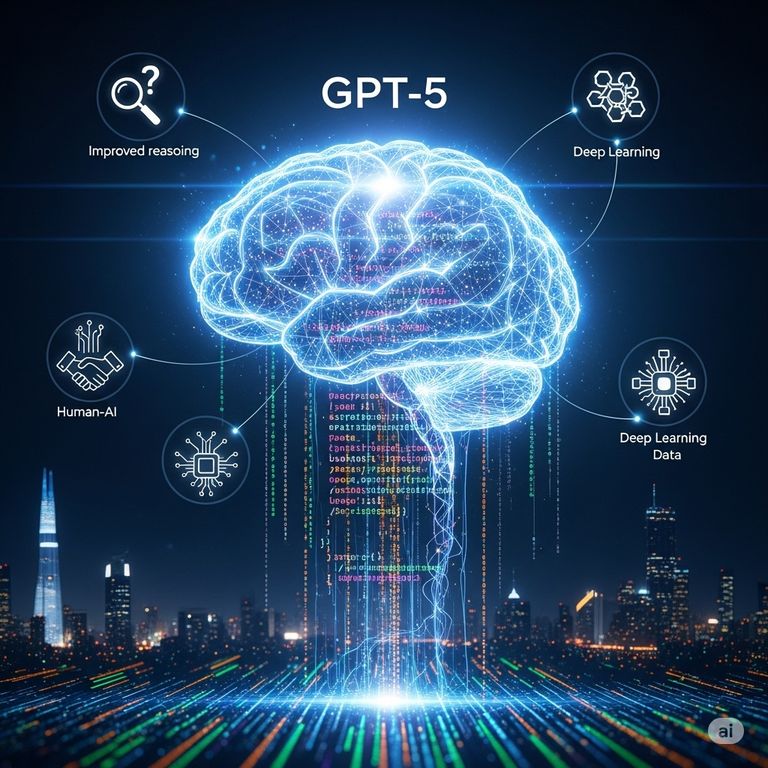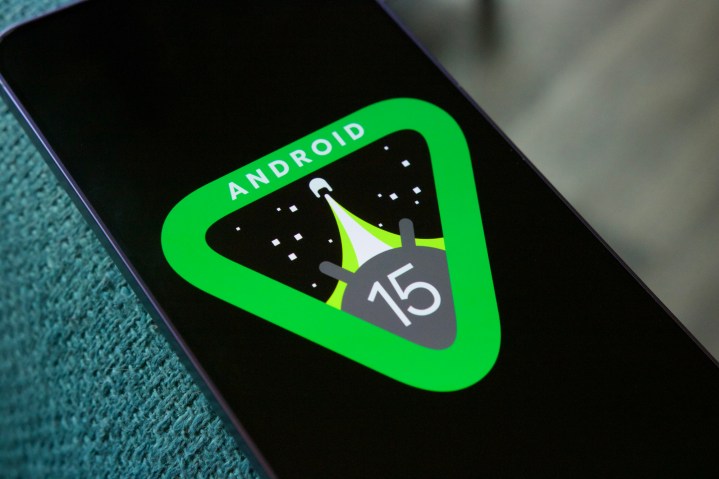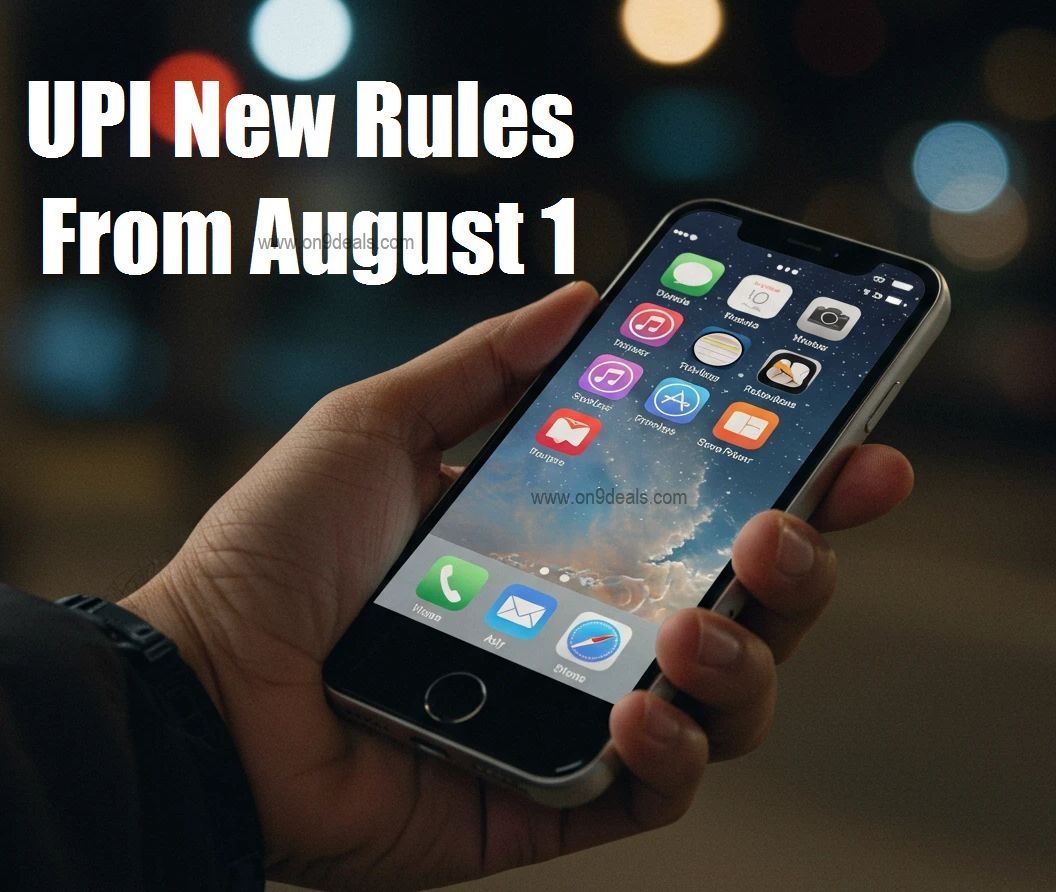The world of artificial intelligence has been in a state of continuous evolution, and today marks a monumental leap forward. OpenAI has officially released GPT-5, heralding it as its “smartest, fastest, and most useful model yet, with thinking built in.” This highly anticipated update, which is now available to everyone, promises to be a game-changer for a wide range of users, from everyday consumers to developers and large enterprises.
GPT-5 arrives more than two years after the release of its predecessor, GPT-4, and the new model is not just an incremental update. OpenAI has focused on creating a unified system that intelligently adapts to user needs, addresses key pain points like factual errors, and significantly enhances performance across crucial domains.
The Era of “Thinking Built In”
One of the most significant architectural shifts in GPT-5 is its ability to “think.” Instead of a single model, GPT-5 operates as a unified system with a real-time router. This router can dynamically decide whether to provide a quick, efficient response for simple queries or engage in a deeper, more rigorous “thinking” mode for complex problems. This internal chain of thought allows the model to reason more accurately, leading to more reliable and context-aware answers.
- Reduced Hallucinations: OpenAI claims that with web search enabled, GPT-5’s responses are 45% less likely to contain a factual error than GPT-4o. When in “thinking” mode, this improves even further, with an 80% reduction in factual errors compared to older models.
- Honesty and Limits: GPT-5 has been trained to be more honest about its limitations. It is less likely to “bluff” an answer when presented with an impossible or underspecified task, instead admitting when it lacks the necessary information.
- Less Sycophancy: The model is also less likely to simply agree with the user, leading to more objective and truthful responses.
State-of-the-Art Performance Across All Domains
GPT-5 sets a new benchmark for performance across the board, with significant gains in key areas:
- Coding: GPT-5 is being hailed as OpenAI’s strongest coding model to date. It shows remarkable improvements in complex front-end generation, debugging large codebases, and handling multi-language coding tasks. It can often create beautiful and functional websites, apps, and games from a single prompt, with an eye for design, layout, and typography.
- Writing: As a writing collaborator, GPT-5 is more capable than ever. It can translate rough ideas into compelling prose, sustain complex writing styles, and handle structural ambiguity better than its predecessors. This makes it a powerful tool for everything from drafting reports to crafting creative pieces.
- Health: GPT-5 is the best model yet for health-related questions. It scores significantly higher on the HealthBench evaluation and provides more precise, context-aware information. However, OpenAI stresses that it is a partner for information and not a replacement for a registered medical practitioner.
- Multimodal Understanding: Building on the advancements of GPT-4o, GPT-5 offers stronger image interpretation and description, with seamless integration of text, image, and other data types in a single conversation thread.
- Instruction Following: GPT-5 excels at understanding and executing complex, multi-step requests. Its “agentic tool use” allows it to coordinate across different tools and adapt to changes in context, making it a more reliable assistant for real-world tasks.
Accessibility and Availability
OpenAI’s goal is to make GPT5 accessible to everyone, and the rollout reflects this commitment:
- Free Users: Anyone with a free ChatGPT account now has access to the standard GPT-5 model, with usage limits. Once these limits are reached, the platform will automatically switch to a lighter but still capable model, GPT-5 Mini.
- Paid Users: ChatGPT Plus and Team customers can access GPT-5 today with higher usage limits. Enterprise and Edu customers will gain access next week.
- GPT-5 Pro: A premium version, GPT-5 Pro, is available for Pro subscribers and offers extended reasoning capabilities for even more reliable and detailed answers.
- API Access: Developers can start using GPT-5 models through the OpenAI API today, with different variants (GPT-5, GPT-5 mini, and GPT-5 nano) available for varying performance and cost requirements.
Microsoft, a key partner of OpenAI, is also rapidly incorporating GPT-5 across its platforms, including Microsoft 365 Copilot, Microsoft Copilot, GitHub Copilot, and Azure AI Foundry, giving a massive user base immediate access to the new model’s capabilities.
The launch of GPT-5 represents a new frontier in generative AI. It is not just about raw power but about creating a smarter, more reliable, and more useful tool that is available to everyone. As the model learns and evolves, its impact on work, creativity, and daily life is expected to be profound





